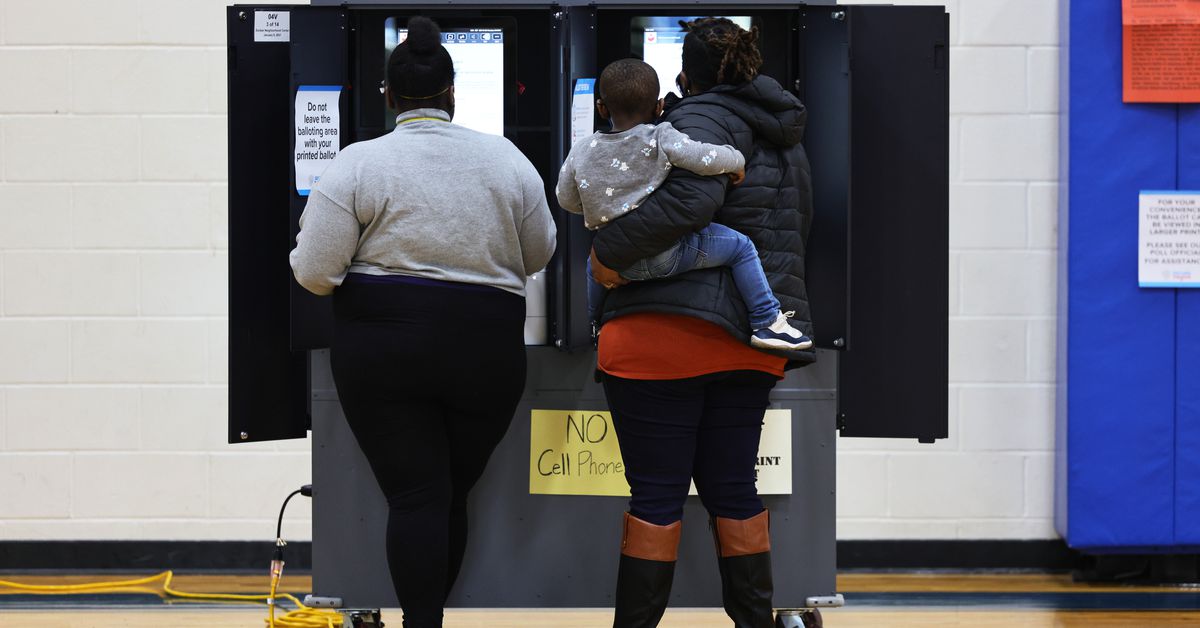Vimeo is sorry, and here’s how it’s changing
It said its “legacy policies” were “poorly communicated.” | Illustration by Alex Castro / The VergeVimeo has announced that it’s making some major changes to its bandwidth policy, after several creators spoke out about how the company pulled the...

Vimeo has announced that it’s making some major changes to its bandwidth policy, after several creators spoke out about how the company pulled the rug out from under them by demanding large sums of money if they wanted to keep hosting their videos on the platform. The new policies replace nebulous terms with definitive ones, and guarantee that creators will have time to prepare for changes.
In a post outlining the changes, Vimeo says that its new cap for monthly bandwidth use is a flat 2TB. Previously, the policy was applied to users who were repeatedly “in the top 1% of bandwidth usage,” which Vimeo itself admits could’ve been more transparent. The company also says that it’ll alert users when they go over that 2TB limit, so you theoretically have time to figure out how to cut back on data use, or at least prepare for your bill to go up.
Vimeo’s new policies also say that creators will have “a minimum of 30 days” to reply to Vimeo and work out a deal if they are over that cap, and that nothing will happen to their content during that time. Under the old rules, one creator told The Verge he was given nine days to upgrade his account, decrease his usage, or have access to his videos disrupted. Vimeo estimated that his costs would go from $900 a year to $3,000 a year — that’s a lot of cash to come up with in just over a week.
Under the old policy, several creators say they received messages from the platform saying they were using too much bandwidth, and were at risk of having to leave the platform. Many of the creators were paying hundreds of dollars a year so they could use Vimeo to host videos for Patreon, and were shocked due to how few views their content received. (Videos can still eat up a lot of bandwidth even with a small number of views — there’s a lot of data that needs to be transferred if 10 people watch an hour-long concert in 4K.)
They were also surprised that Vimeo was demanding thousands of dollars more a year if they wanted to keep using the service in the way they had been. One creator didn’t realize they were actually uploading to Vimeo when they uploaded videos to Patreon until all those videos disappeared.
Vimeo’s post, written by its CEO, is very apologetic in tone; it even opens with an image of a bouquet of flowers, the universal sign for “I messed up, please forgive me.” But it’s worth noting that these changes won’t necessarily make Vimeo a better option for the creators that were hit with high prices by the legacy policy — Vimeo told The Verge in a previous statement that the “top 1 percent” threshold was already around 2 or 3TB a month. In other words, if creators had to pay more under the old rules, it’s very possible they’d still have to with the new guidelines.
Hopefully, though, the new policy should at least make it so creators don’t have to scramble to lower their bandwidth use or find a new way to host their videos in just a few days. Vimeo also says it’ll give users time to move their videos off its platform if they find it’s no longer working for them.
The company is also working on a policy that will exempt some users from the 2TB cap “as long as they aren’t using Vimeo to monetize those videos elsewhere.” It says there will be more details on that change within 30 days.

 JaneWalter
JaneWalter 
































